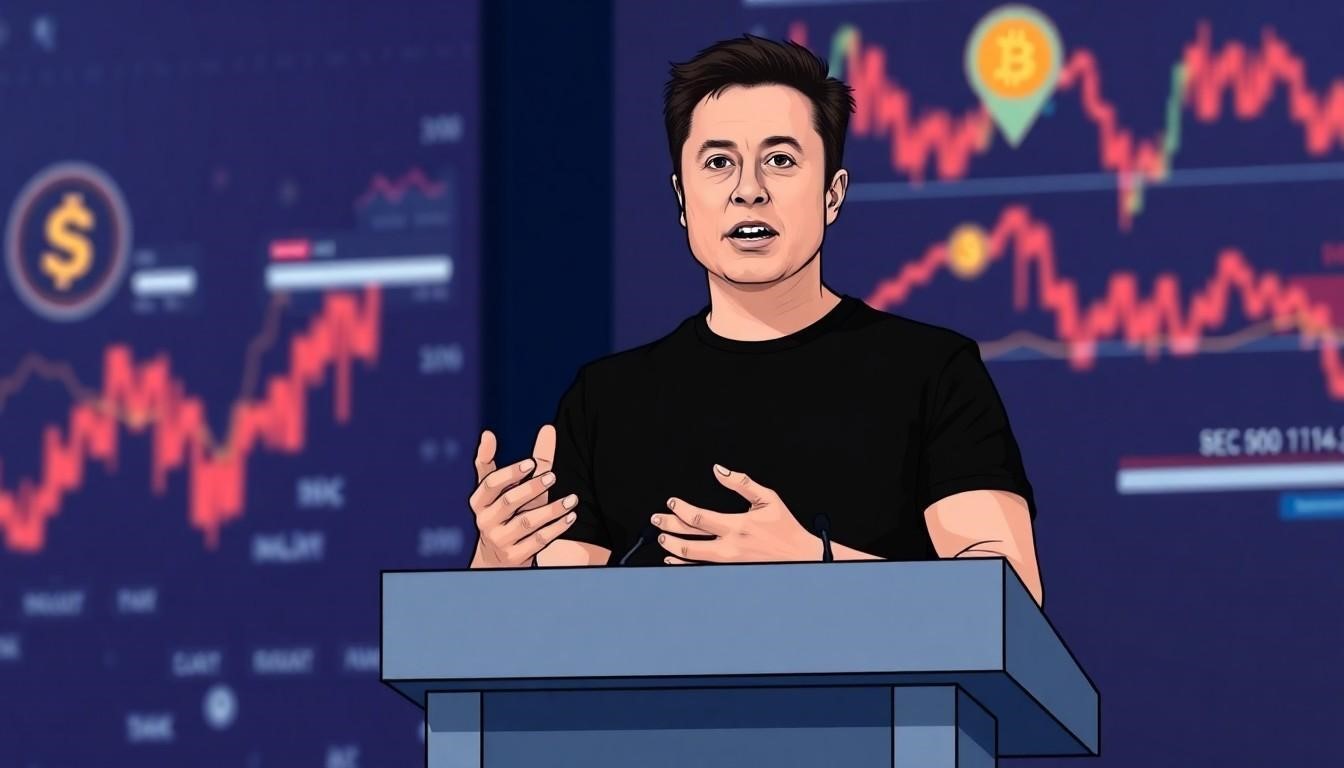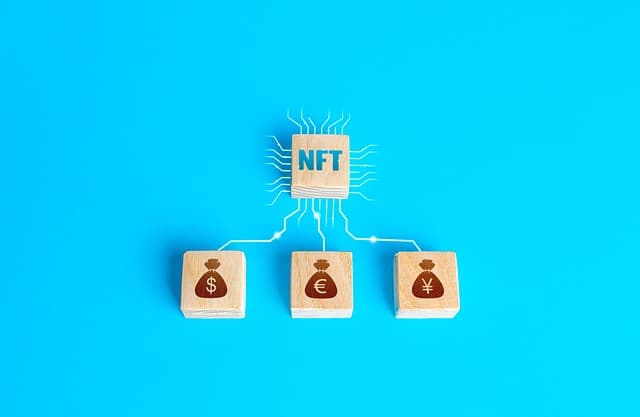Since its inception in the early 1990s, the Internet has become one of the most valuable technological tools, providing instant access to humanity’s collective knowledge regardless of location. However, like any other technology, the Internet must be updated to better meet today’s needs. We now stand at the threshold of new possibilities for working on the World Wide Web.
In recent years, two different models have taken center stage: on the one hand, Web3, and on the other, the meta-universe .
The dawn of Web3
To understand the emergence of Web3, we need to trace the trajectory of the Internet over the past three decades. Web1 appeared in the early 90s and lasted until about 2004. As the Internet was in its infancy, websites were mostly “read-only” and most users were simply getting information from sites hosted by various companies.
This is where Web 3 comes to the rescue. Created by Ethereum co-founder Gavin Wood, the Web3 system centers around decentralizing the Internet. The goal is to address the fears of many who believe that a small number of private companies have too much control and power over the existing Internet, and that a lot of trust in these organizations is required for the system to function properly. The solution to this problem is a completely decentralized structure that gives Internet users the ability to not only read and write content, but to own it.
In essence, Web3 embodies four key characteristics that could revolutionize the Internet. First of all, as mentioned above, the new infrastructure is decentralized, ensuring that no single entity or small group of large companies will own any part of the Internet. Secondly, Web3 has no restrictions, which means that anyone and everyone can participate and access the Internet without exception. Third, Web3 is built on a system of trust, which eliminates the need to depend on third parties. Instead, economic incentives are offered to encourage participants to act in the interest of all. Web3 has its own payment system in the form of cryptocurrencies, bypassing the need for intermediaries such as banks and payment institutions.
The emergence of the Meta Universe
Along with Web3, another concept has attracted considerable attention in recent years: the meta-universe. The term itself originated in the 1992 science fiction novel Snow Crash, and later the concept was further developed in other works of popular media, such as the 2001 movie Ready Player One.
The concept has evolved into an integrated virtual world where all platforms are interconnected, allowing users to easily navigate digital ecosystems through their personal avatars. From vacation spots to manufacturing facilities to retail outlets, the meta-universe aims to replicate our physical daily lives exactly in the digital realm.
While some of these features are still a long way off from becoming a reality, we are already seeing several meta-universe-like projects come to fruition using existing technology. Examples such as music concerts in Fortnite, adventures in World of Warcraft, and collaboration in platforms such as VR Chat and Meta’s Horizon Workrooms illustrate virtual spaces that bring people together for activities typically conducted in physical spaces. The key difference is that these ecosystems are all independent of each other and resemble separate meta-universes rather than a single meta-universe.
Indeed, several tech companies have already started developing their own meta-universes, including Meta (formerly Facebook), Microsoft, Nvidia, Roblox, and Epic Games. It’s likely that instead of a single universal meta-universe like the “Oasis” from Ready to Play, we’ll end up with many separate versions competing for popularity and adoption by different companies. Proponents of a more decentralized web experience may already have the same concerns as they did when Web2 was created: a small number of companies will have excessive control over the Internet. The solution to all these problems is Web3.
Different but complementary
At first glance, Web3 and the ideal meta-universe are two visions for the future of the Internet that seem to focus on very different things. The former envisions a more democratic structure for the World Wide Web, while the latter hopes to make the Internet experience more immersive. The two projects deal with different issues: the Web3 is more focused on liberating the system as a whole, while the meta-universe is focused on the end-user experience. The creation of a decentralized World Wide Web will not necessarily lead to a meta-universe, nor will the creation of a meta-universe necessarily lead to the democratization of the Internet. However, the Web3 and the meta-universe actually complement each other well.
As mentioned above, one of the main problems with a meta-universe (or, as we envision, multiple meta-universes) is that power over the Internet will remain in the hands of a few major players. Creating a true meta-universe using Web3 technology would effectively solve this problem by handing over control of the virtual world to its users. By creating a universal and decentralized 3D digital space, users can easily navigate through different environments while maintaining ownership of their identity, data and deposits in a secure manner.
Of course, there are other aspects in which these two models work in tandem. The meta-universe relies on digital currencies to exchange goods and services. Web3 technologies, such as non-replaceable tokens (NFTs) and cryptocurrencies, can provide secure ownership of both assets and savings. dApps (decentralized applications) and DAOs (decentralized autonomous organizations) can be developed to enhance the meta-universe and create entirely new experiences. At the same time, creators and users retain control over it by jointly deciding how development should proceed. Web3 is thus crucial for democratizing the meta-universe.










